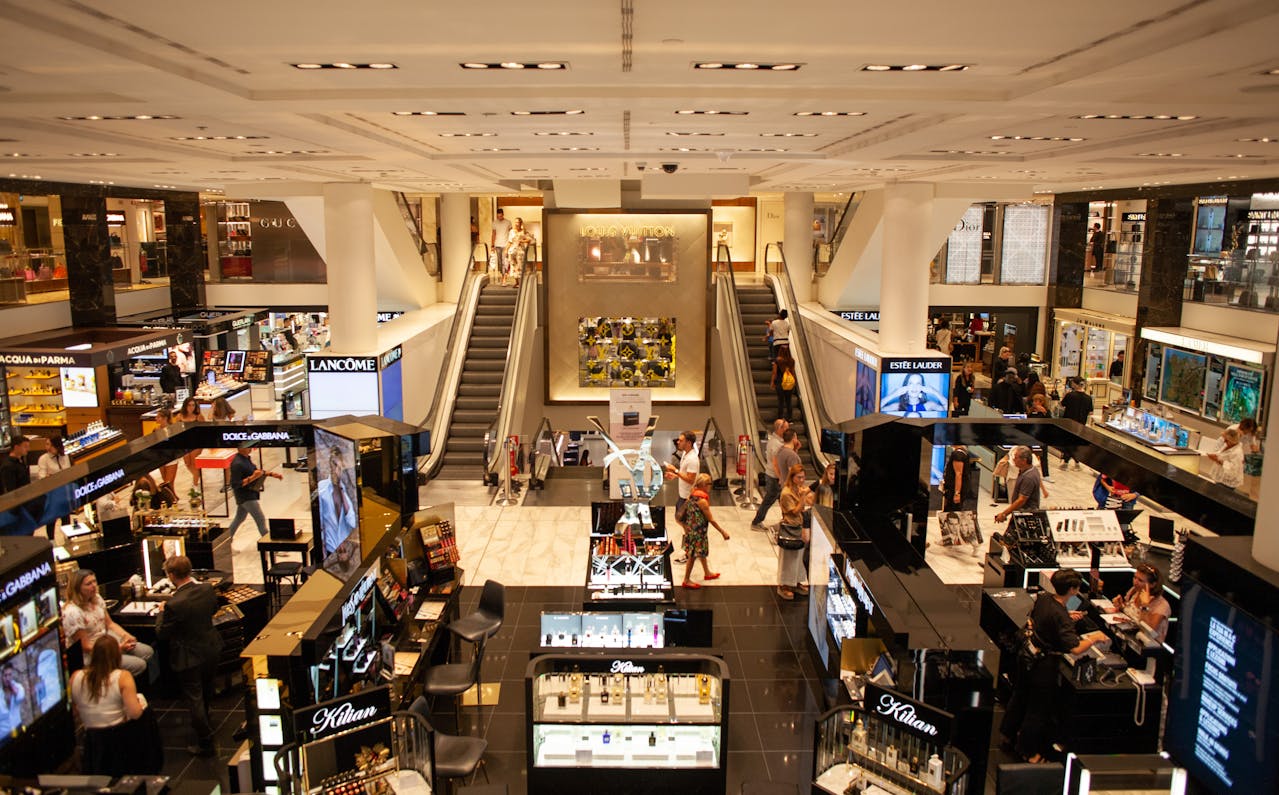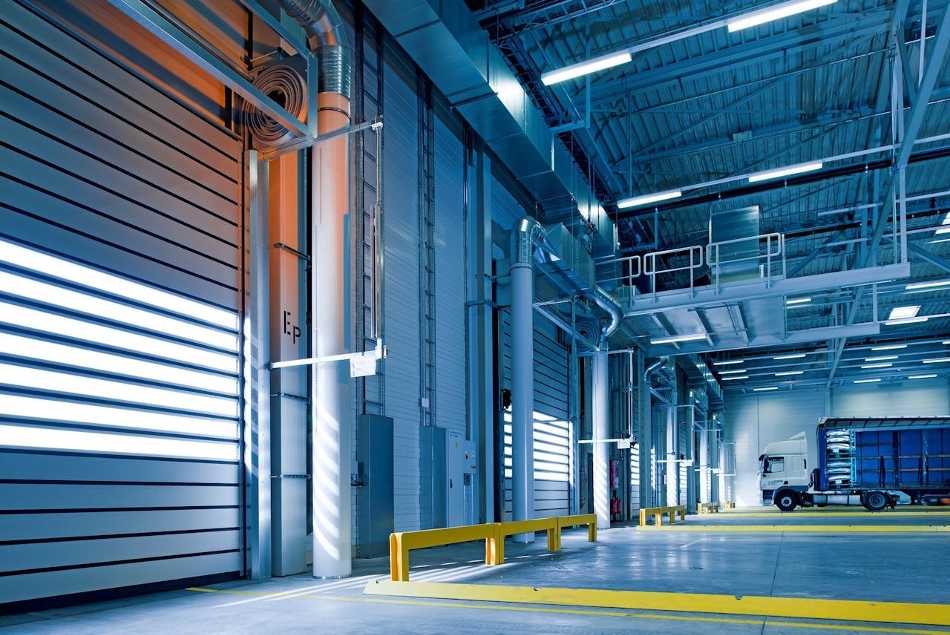Security gaps are more than an operational oversight. They’re a risk to your reputation, revenue, and relationships. Whether it’s a missing patrol, faulty surveillance, or unclear visitor procedures, these gaps tell customers and employees that safety is an afterthought. And once that trust is gone, it’s hard to rebuild.
Key Takeaways:
- Security gaps weaken trust with clients and staff.
- Reputational damage can stem from small, preventable oversights.
- Investing in reliable security shows professionalism and care.
- Strong communication and planning are key to bridging gaps.
- A trusted security company helps identify and fix issues early.
The Cost of Overlooking the Basic
In many businesses, security is often viewed as a checklist item, typically consisting of locks, alarms, cameras, and possibly a few security guards. But when those systems aren’t regularly assessed or updated, they begin to break down. A faulty camera, an open gate, or a missing keycode update can become the weak point that leads to a theft, safety incident, or significant service disruption.
These aren’t just physical problems. They signal to staff, clients, and visitors that the business isn’t entirely in control.
What this means in practice:
- A client sees a delivery door wide open and wonders what else is being missed.
- An employee reports a trespasser, but no one responds for 20 minutes.
- A vendor trip hazard goes unreported, leading to injury and a lawsuit.
Each of these represents a preventable security gap, reflecting poorly on the business.

The Cost of Overlooking the Basics
In many businesses, security is viewed as a checklist item: locks, alarms, cameras, and maybe a few security guards. But when those systems aren’t regularly assessed or updated, they begin to break down. A faulty camera, an open gate, or a missing keycode update can become the weak point that leads to a theft, safety incident, or significant service disruption.
These aren’t just physical problems. They signal to staff, clients, and visitors that the business isn’t entirely in control.
What this means in practice:
- A client sees a delivery door wide open and wonders what else is being missed.
- An employee reports a trespasser, but no one responds for 20 minutes.
- A vendor trip hazard goes unreported, leading to injury and a lawsuit.
- Each of these represents a preventable security gap, reflecting poorly on the business.
Where Most Businesses Go Wrong
Security doesn’t fail overnight. It erodes through minor, repeated oversights that go unaddressed. Here are the most common areas where gaps start to form.
1. Inconsistent Security Presence
Businesses that rely on part-time security guards or in-house staff often face uneven coverage. Guards rotate, protocols change, and no one tracks incidents properly.
How it hurts reputation:
- Visitors don’t feel watched or welcomed.
- Staff stop reporting issues because no one follows up.
- Incidents escalate before anyone notices.
Pro tip: Use a licensed security company that provides consistent staffing, logged patrols, and a central reporting system.
2. No Emergency Protocols or Drills
It’s one thing to have an emergency plan. It’s another to test it. Many businesses don’t hold regular drills or updates, so when a real incident occurs, confusion takes over.
What happens:
- Staff panic or call the wrong person.
- Evacuation is delayed.
- No one knows how to log the event or secure the building.
How to fix it:
- Schedule quarterly security reviews.
- Make drills part of onboarding.
- Include security guards in the planning. They often identify real-world gaps that managers miss.

3. Outdated or Mismanaged Systems
From surveillance cameras with poor visibility to outdated visitor logs, technical lapses are easy to ignore until they cause a major problem.
Examples of weak points:
- Broken CCTV in key areas, such as entrances or car parks.
- No automated alerts when access doors are forced.
- Manual logs that are never reviewed or audited.
Pro tip: Conduct a quarterly walkthrough with your business security provider to spot outdated or non-functioning systems.
4. Poor Communication Between Departments
A warehouse manager identifies a safety issue but fails to report it, citing it as “not their job.” Or a frontline worker logs a trespassing incident, but the note never reaches HR or site managers.
What this creates:
- Delayed responses to incidents.
- Gaps in data make planning harder.
- Frustration among staff, who feel unheard or unsafe.
How to bridge the gap:
- Create a shared incident reporting tool accessible across departments.
- Assign a point of contact for all security matters.
- Include regular feedback loops between staff, supervisors, and your security company.
5. Lack of Event Planning or Contingency Thinking
Events like public openings, deliveries, maintenance works, or product launches increase risk. But many businesses treat them like routine days: no extra security, no coordination, and no backup plans.
What goes wrong:
- Crowds form with no queue control.
- Temporary workers come and go with no ID checks.
- Emergency exits are blocked by equipment.
Pro tip: Incorporate your security guards into the planning process, not just the response. They can help you map entry points, assign coverage, and plan crowd management.
Security Gaps in the Eyes of Your Customers
Customers don’t need to know your security plan. But they feel it when something is off. If a front desk is unmanned, a camera is visibly broken, or someone walks in without challenge, it sends a signal. This place isn’t watching.
Common triggers of customer doubt:
- No visible guard presence in retail or office lobbies.
- Overcrowded or poorly managed events.
- Delayed response when something goes wrong.
In competitive industries, perception matters. Poor business security doesn’t just lose contracts, it loses trust.

What a Professional Security Partner Adds
You don’t need to handle every detail alone. A qualified security company brings structure, oversight, and accountability.
Benefits of partnering with experts:
- Regular site audits to find weak points before they become costly.
- Fully trained security guards who understand both safety and customer service.
- Emergency support and mobile patrols when static presence isn’t enough.
- Centralised reporting that helps you track trends and identify areas for improvement.
Most importantly, they help you prove to customers, staff, and stakeholders that you take safety seriously.
Closing the Gap With Better Planning
Every business, big or small, should review its safety and security procedures every quarter. This includes checking equipment, updating access permissions, reviewing past incident logs, and involving your security partner in any operational changes.
Simple strategies to close the gap:
- Map your site and assign risk levels to each area.
- Have monthly meetings with your security company to review coverage.
- Set clear roles for staff in reporting or responding to incidents.
- Create contingency plans for common events like power loss, weather damage, or staff disputes.
Even minor changes, like increasing lighting, adding patrols, or re-training front desk staff, can drastically reduce your exposure and improve your reputation.
Security Gaps Final Notes
The biggest damage to your reputation isn’t always public. It’s internal. Staff who feel unsafe, clients who hesitate to renew contracts, or reviews that quietly mention feeling “uncomfortable.” And most of it stems from preventable security gaps.
Working with a trusted partner like PSI Security Service helps close those gaps. With over 30 years of experience, PSI offers trained security guards, custom patrol plans, and expert guidance tailored to your business needs.
Why choose PSI Security:
- Licensed, insured, and experienced professionals
- 24/7 support and response services
- Clear reporting and communication
- Tailored coverage for events, offices, retail, or industrial settings
Security isn’t just about avoiding risk. It’s about showing you’re serious about protecting what matters.
FAQs About Business Security Gaps
1. What causes most security gaps in small businesses?
Lack of regular audits, poor communication between staff, and outdated systems are the top causes. Without oversight, minor issues quickly become big risks.
2. How often should we review our security setup?
At least once every quarter. However, high-risk industries or multi-location businesses should conduct monthly checks, particularly after an incident, staff changes, or layout updates.
3. Can a security company really improve internal operations?
Yes. A professional security company doesn’t just supply guards. They help structure communication, event planning, emergency protocols, and staff safety. They also provide clear reports that improve internal planning and compliance.

